 Ancient coins of Antioch in Pisidia
Ancient coins of Antioch in Pisidiaunder Gordian III, AD 238-244
Antioch in Pisidia was a Roman colony, now in Turkey (marked on the map from Wikipedia. This is not the most famous "Antioch" which was in Roman Syria). Founded by the Seleucids, it was declared "free" by the Romans in 188 BC after they defeated Antiochus III. Shortly after 25 BC under Augustus it became a Roman colony with the additional name "Caesarea" (after Augustus, who was CAESAR DIVI F). Because it was a colony, its coin legends are in Latin, not Greek. Both names "Caesarea" and "Antioch" are on its coins. Roman settlers included retired soldiers from two legions and an issue shows the founder plowing with two standards. Another issue of Gordian III had three standards (the first coin, below) and another type had six!
What's new? 2022, Dec. 9. Comments from Curtis Clay about the meaning of the first type and the meaning of "SR".
Antioch in Pisidia is in mountainous country and somewhat off the beaten path. Nevertheless, it was visited by St. Paul on his first journey and when his message about Jesus was well-received--but not by Jews--he announced at Antioch in Pisidia that his mission would henceforth focus on gentiles.
Coins of Antioch in Pisidia are common--especially so in the third century. Many are small or mid-sized, but, under Gordian III, many are large--3 or 4 mm larger than imperial sestertii. Until c. 203 under Septimius Severus the coinage of Antioch in Pisidia was relatively uncommon. Then the city introduced this large denomination of 33 or 34 mm when the imperial sesterius was 31 mm or smaller. We do not know its ancient name, but for lack of a better name Ann Johnston called it a (provincial) sestertius, and coin dealers sometimes call it that. "The extensive issues under Gordian III may be connected with an imperial benefaction or his eastern wars [i.e. We don't know why so many large coins were issued]. Sestertius-sized coins decline after Gordian and small coins of about 20 mm diameter become common. Those of Volusian, Valerian, and Gallienus are some of the most common issues of all of Asia Minor" [Butcher, p. 86].
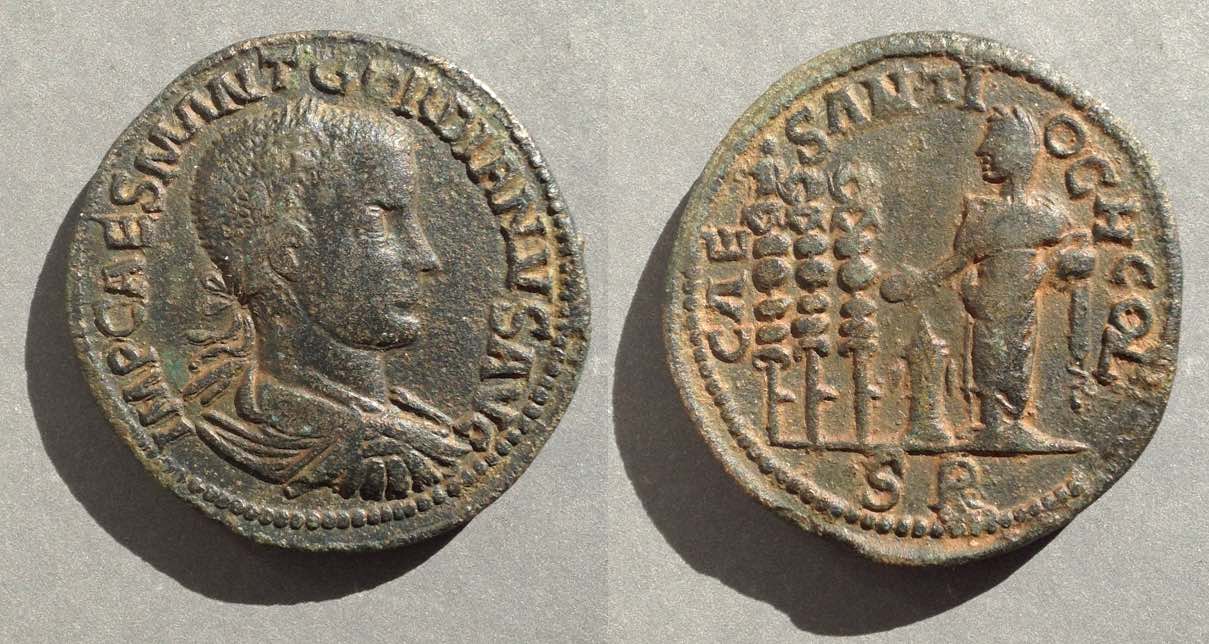 Gordian III, 238-244
Gordian III, 238-244
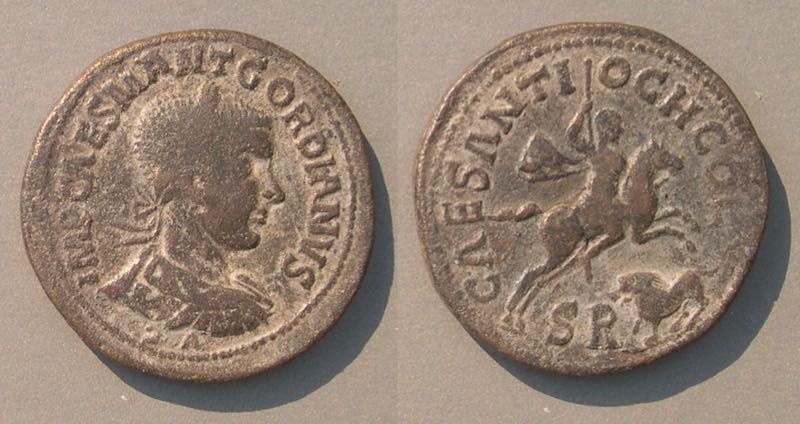
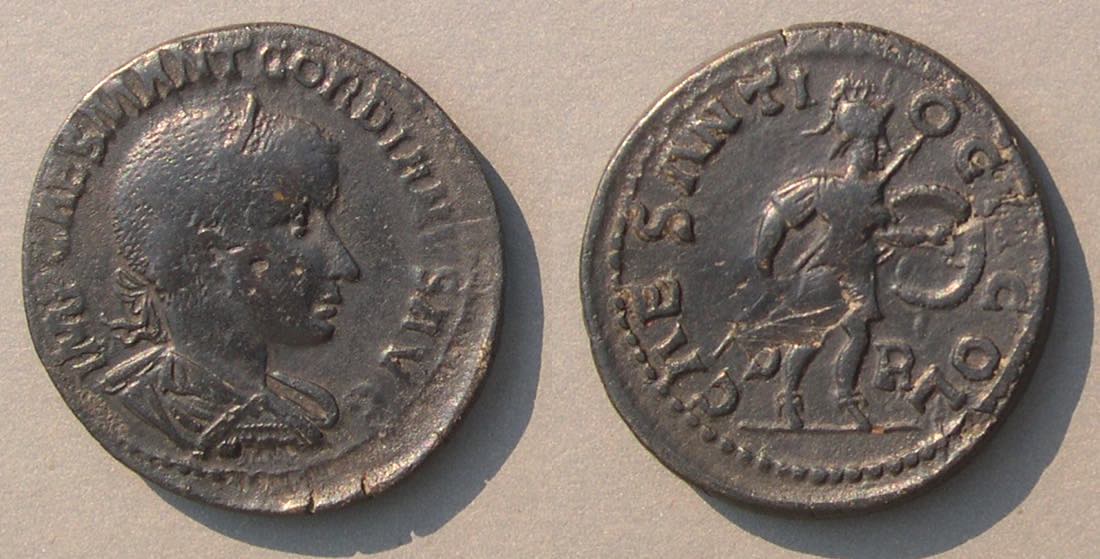
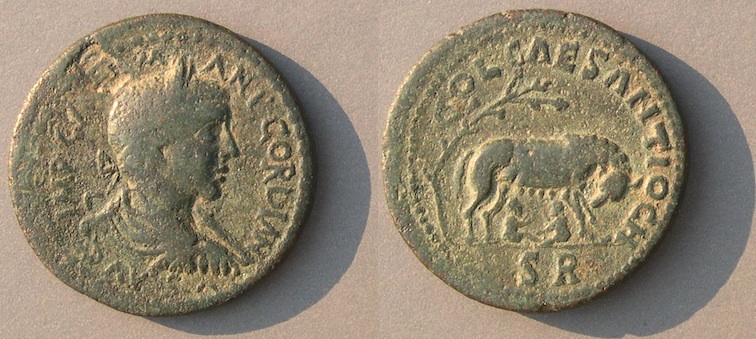
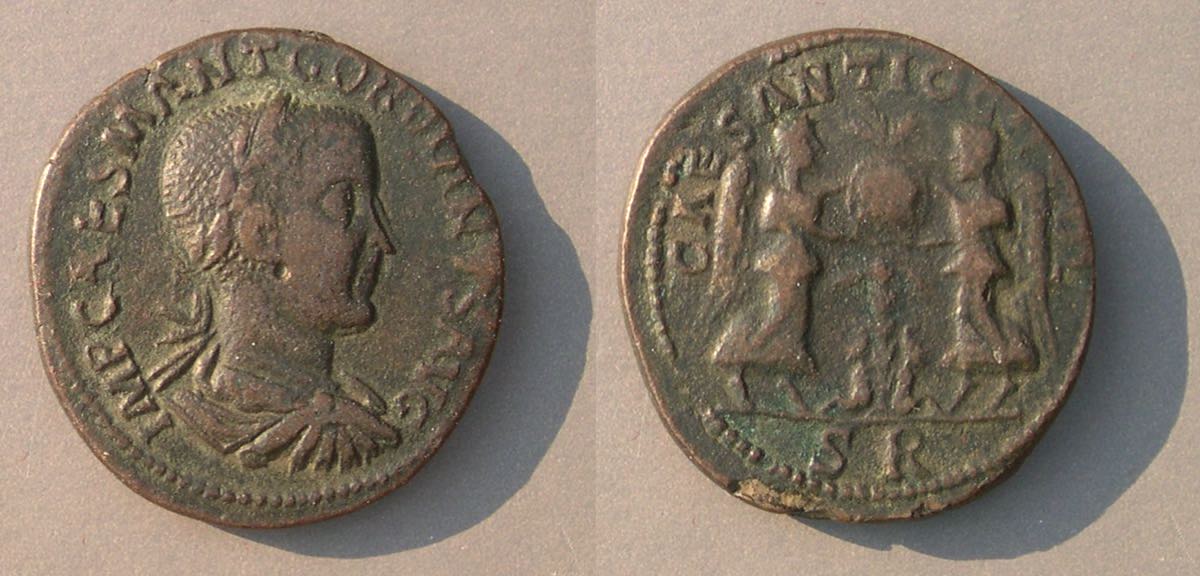
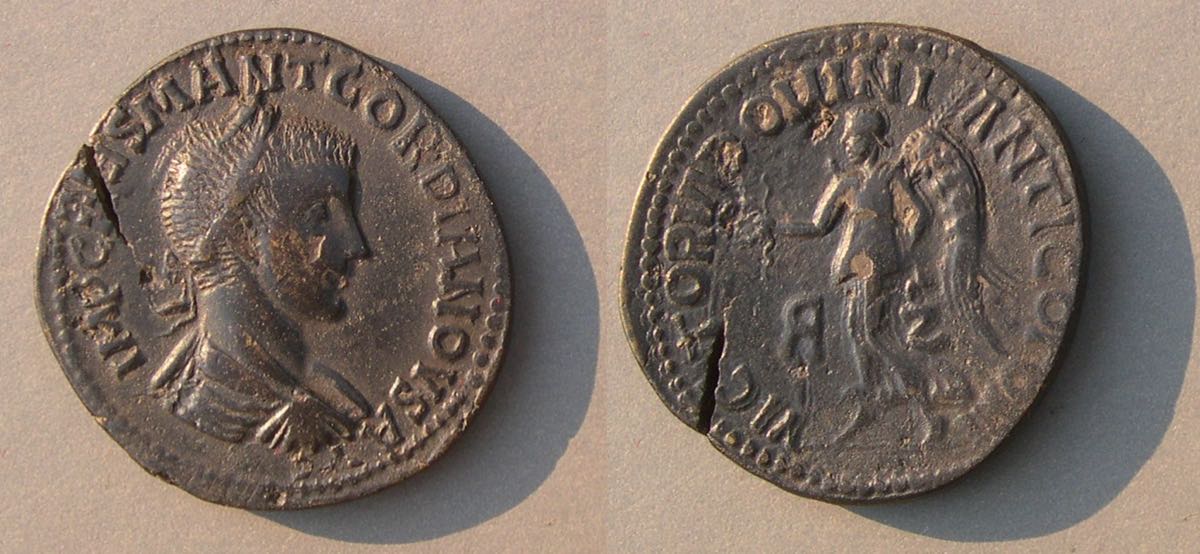
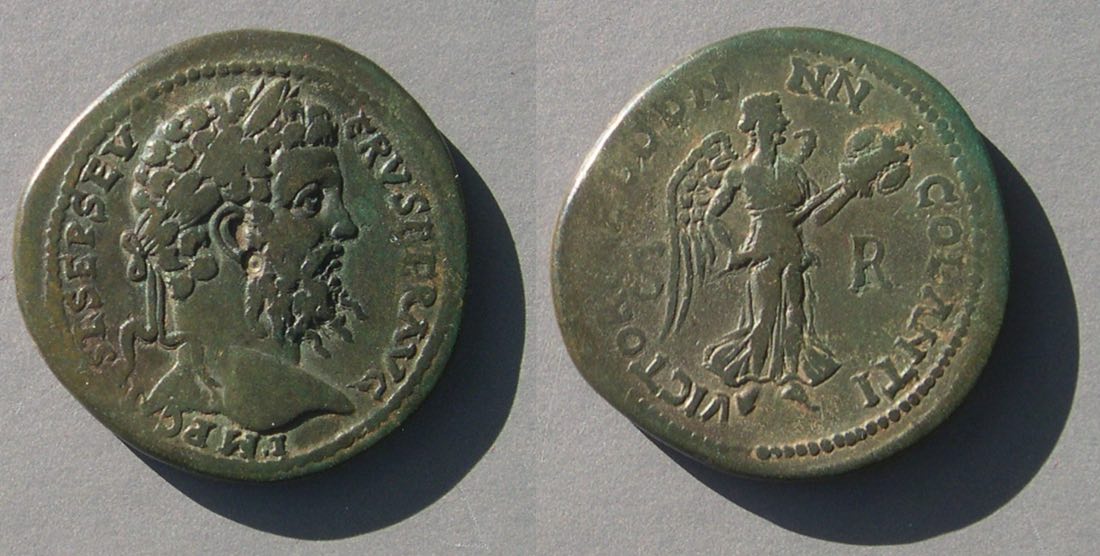 Septimius Severus, 193-211
Septimius Severus, 193-211
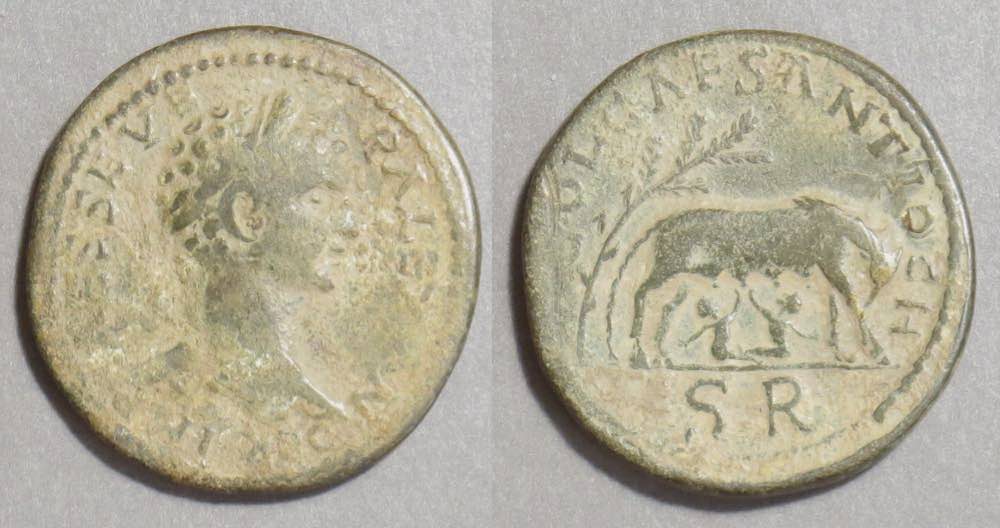 Severus Alexander, 222-235
Severus Alexander, 222-235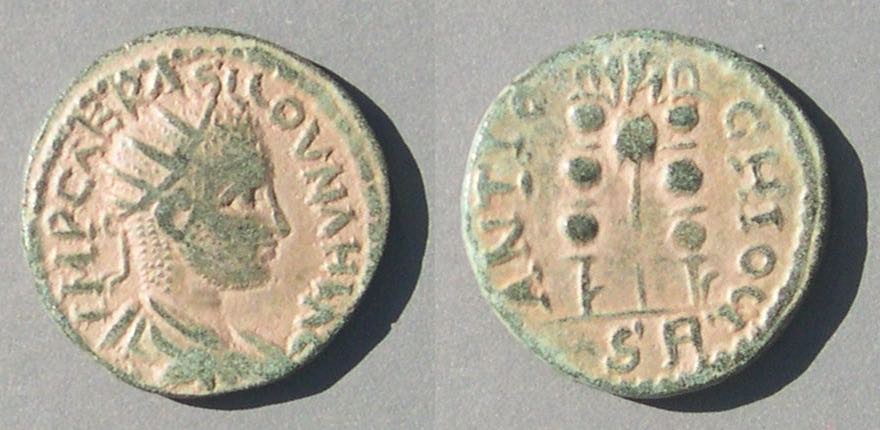 Volusian, 251-253
Volusian, 251-253